
What is Tokenomics and How Does It Impact Crypto Projects? The Complete 2025 Guide

In the rapidly evolving cryptocurrency landscape, one concept has emerged as the critical differentiator between project success and failure: tokenomics. Far more than a trendy buzzword, tokenomics represents the economic backbone that determines whether a crypto project will thrive or collapse. As we navigate through 2025, understanding tokenomics has become essential for investors, developers, and anyone serious about participating in the digital asset ecosystem. This article explores what is tokenomics and how does it impact crypto projects, providing a comprehensive guide to its key components, mechanisms, and real-world implications.
Understanding Tokenomics: Beyond the Basics
Tokenomics is a fusion of “token” and “economics,” referring to the economic principles and mechanisms that govern a digital token or cryptocurrency within a blockchain project. It encompasses various aspects such as the token’s supply, distribution, utility, governance, and overall value proposition. The key elements of tokenomics include supply models, distribution mechanisms, utility, and governance, all of which influence the value and stability of a cryptocurrency. Simply put, tokenomics is the study of the economic design of blockchain projects, focusing on how digital tokens operate within an ecosystem.
A well-crafted project's tokenomics model is crucial for any crypto project because it drives user adoption, incentivizes desired behavior, and fosters a sustainable and thriving ecosystem. By defining the token supply, token utility, governance rights, and economic incentives, tokenomics shapes how a digital asset interacts with its community, influences user behavior, and ultimately impacts the token’s value and longevity.
The Evolution of Tokenomics in 2025
The tokenomics landscape in 2025 has matured significantly compared to earlier years. Initially, tokenomics was often limited to simple concepts like fixed maximum supply or token burns. Today, it represents a sophisticated economic architecture that governs value flow, community interaction, and project sustainability.
Several key developments characterize tokenomics in 2025:
- The tokenization of real-world assets is projected to surpass $1.5 trillion in market capitalization by 2030, bridging traditional finance and blockchain.
- AI-driven token trading volumes surged over 500% in 2024, demonstrating increased market sophistication.
- Regulatory frameworks like the EU’s MiCA and heightened SEC scrutiny have pushed projects toward greater regulatory compliance. These frameworks, along with advancements in the underlying technology of blockchain, have enabled more robust and secure compliance mechanisms.
- Layer-2 solutions such as Base, zkSync, and Optimism are capturing billions in total value locked (TVL), emphasizing scalability and economic efficiency. These solutions are made possible by significant improvements in the underlying technology that supports blockchain scalability and security.
This evolution means that understanding what is tokenomics and how does it impact crypto projects now requires a nuanced grasp of multiple economic mechanisms, community dynamics, and regulatory considerations.
Core Components of Tokenomics
1. Token Supply Mechanisms
A fundamental aspect of tokenomics is the token supply, which directly influences scarcity and price dynamics. Two key metrics are important to understand: the token's total supply, which is the total number of tokens that exist (including those locked, reserved, or yet to be circulated), and the token's supply in circulation, often referred to as circulating supply, which is the number of tokens currently available in the market and held by the public.
The relationship between these supplies affects the token price and market capitalization. For example, a large difference between the token's total supply and circulating supply might indicate tokens locked for future use or held by insiders.
Token supply models generally fall into three categories:
- Fixed Supply: A capped number of tokens, such as Bitcoin’s 21 million, creating scarcity and potentially increasing intrinsic value over time. A limited supply can drive demand and increase value, as investors perceive scarcity as a sign of potential appreciation.
- Inflationary Supply: New tokens are continuously created through mechanisms like mining or staking rewards. Proof of stake systems often create new tokens as staking rewards, contributing to the inflationary aspect of these models. While this can incentivize network security, it may dilute value if unchecked.
- Deflationary Mechanisms: Strategies like token burns permanently remove tokens from circulation, reducing supply and potentially boosting price by creating scarcity.
2. Token Distribution and Allocation
How tokens are distributed among stakeholders significantly impacts project fairness and community trust. Token distribution involves allocating tokens to the team, early investors, advisors, the community, and reserves. A transparent and equitable distribution encourages community engagement and prevents disproportionate control by a few entities. It is essential to ensure fair distribution to promote a healthy ecosystem and incentivize broad network participation.
Typical token allocation structures include:
- Team and Advisors: 10-20% (tokens allocated to these groups are often subject to vesting schedules to encourage long-term commitment)
- Private Sale Investors: 15-25%
- Public Sale Participants: 5-15%
- Community and Ecosystem Incentives: 30-50% (a significant portion of tokens is often reserved for these purposes)
- Treasury or Reserve Funds: 10-20%
Ensuring a fair distribution mitigates risks of price manipulation and aligns incentives between token holders and project success. A transparent issuance process is also crucial for building trust and ensuring the long-term sustainability of the project.
3. Token Utility and Purpose
The utility of a token is a core driver of its demand and value. A token's utility is a critical factor for its demand, market value, and long-term sustainability, making it essential for both investors and project success. Tokens with clear, real-world use cases tend to sustain long-term interest and adoption. Common types of token utility include:
- Utility Tokens: Used to pay for services, access features, stake for rewards, or participate in gamified ecosystems. Some tokens also provide real world utility, such as being used for payments or representing tokenized real-world assets.
- Governance Tokens: Grant holders voting rights to influence the project’s direction, protocol upgrades, and treasury management.
- Security Tokens: Represent ownership stakes in assets or companies and comply with securities regulations.
- Hybrid Models: Combine multiple functionalities to enhance ecosystem participation.
Tokens that enable holders to pay transaction fees, participate in governance, or earn staking rewards incentivize active involvement and network security. Additionally, the blockchain or environment in which a token operates can significantly influence its adoption and overall utility.
Types of Tokens: Utility, Security, Governance, and Beyond
In the diverse world of cryptocurrency, not all tokens are created equal. Understanding the different types of tokens is a key component of tokenomics and can help investors and users navigate the rapidly evolving digital asset landscape. Each token type serves a distinct purpose within its ecosystem, shaping how value is transferred, how decisions are made, and how users interact with decentralized platforms.
- Utility Tokens: These are the workhorses of blockchain ecosystems, designed to provide access to specific products, services, or features within a platform. Utility tokens are not intended as investments but as a means to utilize the network’s offerings. For example, Uniswap (UNI) and Chainlink (LINK) are utility tokens that enable users to interact with decentralized finance protocols and oracle services, respectively.
- Security Tokens: Representing ownership or a stake in real-world assets such as company shares, real estate, or investment funds, security tokens are subject to regulatory oversight. They offer a compliant way for projects to raise capital and for investors to gain exposure to traditional assets through blockchain technology. Security tokens bridge the gap between traditional finance and the digital asset world.
- Governance Tokens: These tokens empower holders to participate in the decision-making processes of decentralized finance protocols and DAOs. By holding governance tokens, users can vote on proposals, protocol upgrades, and treasury management, directly influencing the project’s direction. This decentralized approach to governance ensures that the community has a say in the evolution of the ecosystem.
- Non-Fungible Tokens (NFTs): Unlike fungible tokens, NFTs are unique digital assets that represent ownership of distinct items such as digital art, music, virtual real estate, or collectibles. Each NFT is one-of-a-kind, making them ideal for certifying authenticity and provenance in the digital realm. NFTs have opened up new possibilities for creators and collectors, expanding the scope of what digital assets can represent.
By understanding the roles of utility tokens, security tokens, governance tokens, and non fungible tokens, participants can better assess a crypto project’s tokenomics and its potential for long term success in the digital economy.
Tokenomics Models: Inflationary, Deflationary, and Hybrid Approaches
The economic model underlying a token’s supply and distribution is a key factor in determining its value, price stability, and long-term viability. Tokenomics models are designed to manage how many tokens exist, how they are distributed, and how their supply changes over time. The three primary approaches—inflationary, deflationary, and hybrid—each have unique implications for token price, token value, and market dynamics.
- Inflationary Models: In an inflationary supply model, there is no fixed maximum supply, and new tokens are continuously created, often as rewards for validating transactions or securing the network. While this can incentivize participation and network security, it may also lead to a decrease in token value over time if demand does not keep pace with supply. Examples include Dogecoin (DOGE) and Ethereum (ETH) prior to the introduction of EIP-1559, where ongoing issuance increased the circulating supply and influenced token prices.
- Deflationary Models: Deflationary tokenomics are characterized by a hard cap on the total supply and mechanisms that reduce the number of tokens in circulation, such as token burns. By permanently removing tokens from the ecosystem, these models create scarcity, which can drive up token price and enhance perceived value. Bitcoin (BTC) and Binance Coin (BNB) are prominent examples, with fixed maximum supply and regular token burns contributing to their long-term appeal.
- Hybrid Approaches: Many modern crypto projects adopt hybrid models, blending inflationary and deflationary mechanisms to balance supply and demand. For instance, a project might issue new tokens as staking rewards while simultaneously implementing token burns to offset inflation. This approach can help stabilize token prices and create a more sustainable economic model, ensuring that token distribution supports both network growth and value retention.
Choosing the right tokenomics model is crucial for any crypto project, as it directly impacts token distribution, market cap, and the ability to create scarcity or manage inflationary pressures. A well-designed model aligns incentives, supports healthy supply and demand dynamics, and fosters long-term success.
Token Metrics: The Essential Tool for Tokenomics Analysis
Given the complexity of crypto tokenomics, making informed decisions requires sophisticated analytical tools. Token Metrics is a leading platform that offers in-depth insights into tokenomics fundamentals for over 6,000 cryptocurrencies. It helps users understand the factors influencing token demand and market performance.
Why Token Metrics is Crucial for Tokenomics Understanding
Token Metrics provides comprehensive analysis of token supply dynamics, distribution patterns, and utility mechanisms. Its AI-powered system distinguishes between robust economic models and those prone to failure, helping investors avoid pitfalls like pump-and-dump schemes or poorly designed tokens.
Real-time performance tracking links tokenomics features to market outcomes, offering both short-term Trader Grades and long-term Investor Grades. By integrating technical, on-chain, fundamental, social, and exchange data, Token Metrics delivers a holistic view of how tokenomics influence a token’s market performance. Additionally, Token Metrics provides insights into how tokenomics features impact the token's price over time, helping users understand the relationship between economic design and valuation.
Leveraging Token Metrics for Tokenomics Evaluation
Using Token Metrics, users can identify projects with sustainable tokenomics, assess risks such as excessive team allocations or unsustainable inflation, and make investment decisions grounded in economic fundamentals rather than hype. This platform is invaluable for navigating the intricate interplay of supply and demand characteristics, governance structures, and token incentives.
Critical Tokenomics Mechanisms in 2025
1. Token Burning Strategies
Token burns involve permanently removing tokens from circulation by sending them to an inaccessible address. This deflationary tactic can create scarcity, as the remaining tokens in circulation become more scarce, potentially increasing a token’s value. Modern burn mechanisms include:
- Revenue-Based Burns: Protocol revenues are used to buy back and burn tokens.
- Activity-Based Burns: Tokens are burned based on network usage or transaction volume.
- Governance-Directed Burns: Token holders vote on burn events to align with community interests.
By reducing supply through burns, the deflationary effect can positively impact the token's value by making each remaining token more desirable to users and investors.
Examples include Binance Coin’s quarterly burns and Ethereum’s EIP-1559, which burns a portion of transaction fees, reducing the token’s circulating supply during periods of high network activity.
2. Staking and Rewards Systems
Staking is a powerful tool for enhancing network security and incentivizing user participation. When tokens are staked, they are locked, reducing the circulating supply and potentially supporting price appreciation and network stability. Staked tokens are also used to validate transactions, helping to maintain the integrity and security of the blockchain network. Staked tokens may also confer governance rights, empowering committed token holders to influence the project.
Yield farming is another DeFi strategy that incentivizes users to provide liquidity and earn rewards by moving tokens between protocols with the highest APY, supporting network liquidity and resilience.
Innovations in staking for 2025 include:
- Liquid Staking: Allows users to stake tokens while maintaining liquidity via derivative tokens.
- Restaking: Enables staked tokens to secure multiple protocols simultaneously.
- Cross-Chain Staking: Supports staking across different blockchains, enhancing interoperability.
These models align economic incentives with network health and user engagement.
3. Governance and DAO Integration
Decentralized Autonomous Organizations (DAOs) rely on governance tokens to distribute decision-making power among community members. Token holders can vote on protocol upgrades, treasury spending, and other key issues, ensuring projects remain adaptable and community-driven.
Effective governance structures promote transparency, decentralization, and alignment of incentives, which are critical for long-term success in decentralized finance (DeFi) and beyond.
Network Security and Smart Contracts: Safeguarding Tokenomics
The integrity of a crypto project’s tokenomics relies heavily on robust network security and the effective use of smart contracts. These elements are foundational to protecting the key components of tokenomics, including token supply, token utility, governance tokens, and token distribution.
Smart contracts are self-executing agreements coded directly onto the blockchain, automating critical processes such as token issuance, token allocations, and token burns. By removing the need for intermediaries, smart contracts ensure that tokenomics mechanisms—like distributing staking rewards or executing governance decisions—are transparent, reliable, and tamper-proof.
Network security is equally vital, as it safeguards the blockchain against attacks and ensures the validity of transactions. Secure consensus mechanisms, such as proof of stake or proof of work, play a key role in validating transactions and maintaining the network’s security. This, in turn, protects the token’s supply and the value of digital assets within the ecosystem.
By combining strong network security with well-audited smart contracts, projects can protect their tokenomics from vulnerabilities and malicious actors. This not only preserves the integrity of key components like token burns, token allocations, and token price, but also builds trust among token holders and supports the project’s long term success.
In summary, understanding how network security and smart contracts underpin the key components of tokenomics is essential for anyone evaluating a crypto project’s potential. These safeguards ensure that the economic model operates as intended, supporting sustainable growth and resilience in the ever-changing world of digital assets.
Real-World Impact: Tokenomics Success and Failure Cases
Success Stories
- Ethereum (ETH): The transition to Proof of Stake and the introduction of EIP-1559 have created a sophisticated tokenomics model. ETH’s burn mechanism ties token deflation to network activity, while staking secures the network and provides yield incentives.
- Binance Coin (BNB): Regular quarterly burns combined with extensive utility across Binance’s ecosystem demonstrate effective tokenomics that support demand and value.
- Uniswap (UNI): As a governance token, UNI empowers holders to shape the project’s future, creating genuine utility beyond mere speculation. Uniswap is one of the leading decentralized exchanges, providing liquidity and supporting decentralized trading, which further enhances the utility and adoption of the UNI token.
Cautionary Tales
- Terra Luna (LUNA/UST): The collapse of Terra’s algorithmic stablecoin highlighted the dangers of opaque and unsustainable tokenomics. The dual-token model failed under market stress, resulting in massive losses.
- Failed ICO Projects: Many early projects faltered due to poor tokenomics, including excessive team allocations, lack of utility, and economic models reliant on continuous new investment.
These cases underscore the importance of sound tokenomics for project viability.
The Future of Tokenomics: Trends and Predictions
1. Regulatory Compliance Integration
In 2025, regulatory compliance is a core consideration in tokenomics design. Projects that demonstrate transparent, community-governed models gain legal clarity and market trust.
2. Multi-Mechanism Integration
Innovative projects increasingly combine multiple tokenomic mechanisms—such as burning part of transaction fees, staking for rewards, and soft rebasing—to maintain balance and incentivize participation.
3. Real-World Asset Integration
Tokenomics now extends to the tokenization of physical assets, creating new economic models that blend traditional finance with blockchain technology, expanding the utility and reach of digital tokens.
Best Practices for Evaluating Tokenomics
When assessing a project’s tokenomics, consider these key questions:
- Utility Analysis: Does the token offer governance rights, access to services, staking benefits, or real-world use cases?
- Supply Dynamics: Are there burn mechanisms? What are the inflationary pressures from staking rewards or new token issuance?
- Distribution Fairness: Is the token allocation balanced among team, investors, and community? Are there vesting schedules to prevent dumping?
- Governance Structure: How decentralized is decision-making? What level of community engagement exists?
Avoid red flags such as excessive team allocations without vesting, tokens lacking utility, unsustainable economic models, or poor transparency.
The Critical Role of Professional Analysis
Understanding tokenomics requires more than reading whitepapers; it demands sophisticated analysis of the economic incentives, game theory, and supply and demand dynamics that govern a cryptocurrency token. Platforms like Token Metrics leverage AI to detect patterns and provide insights that individual investors might overlook, making them essential tools for navigating the complex world of crypto tokenomics.
Conclusion: Tokenomics as the Foundation of Crypto Success
In 2025, tokenomics has evolved from a peripheral consideration to the strategic foundation upon which successful crypto projects are built. Good tokenomics fosters trust, encourages adoption, and sustains value by aligning incentives, creating scarcity, and enabling governance. Conversely, flawed tokenomics can lead to inflation, centralization, and project failure.
For investors, developers, and enthusiasts, understanding what is tokenomics and how does it impact crypto projects is no longer optional—it is essential. The projects that thrive will be those that thoughtfully design their economic models to balance supply and demand, incentivize user behavior, and adapt to regulatory and market changes.
As the crypto ecosystem continues to mature, tokenomics will remain the key factor determining which projects create lasting value and which fade into obscurity. By leveraging professional tools and adopting best practices, participants can better navigate this dynamic landscape and contribute to the future of decentralized finance and digital assets.

.svg)

Create Your Free Token Metrics Account

.png)




%201.svg)
%201.svg)


%201.svg)



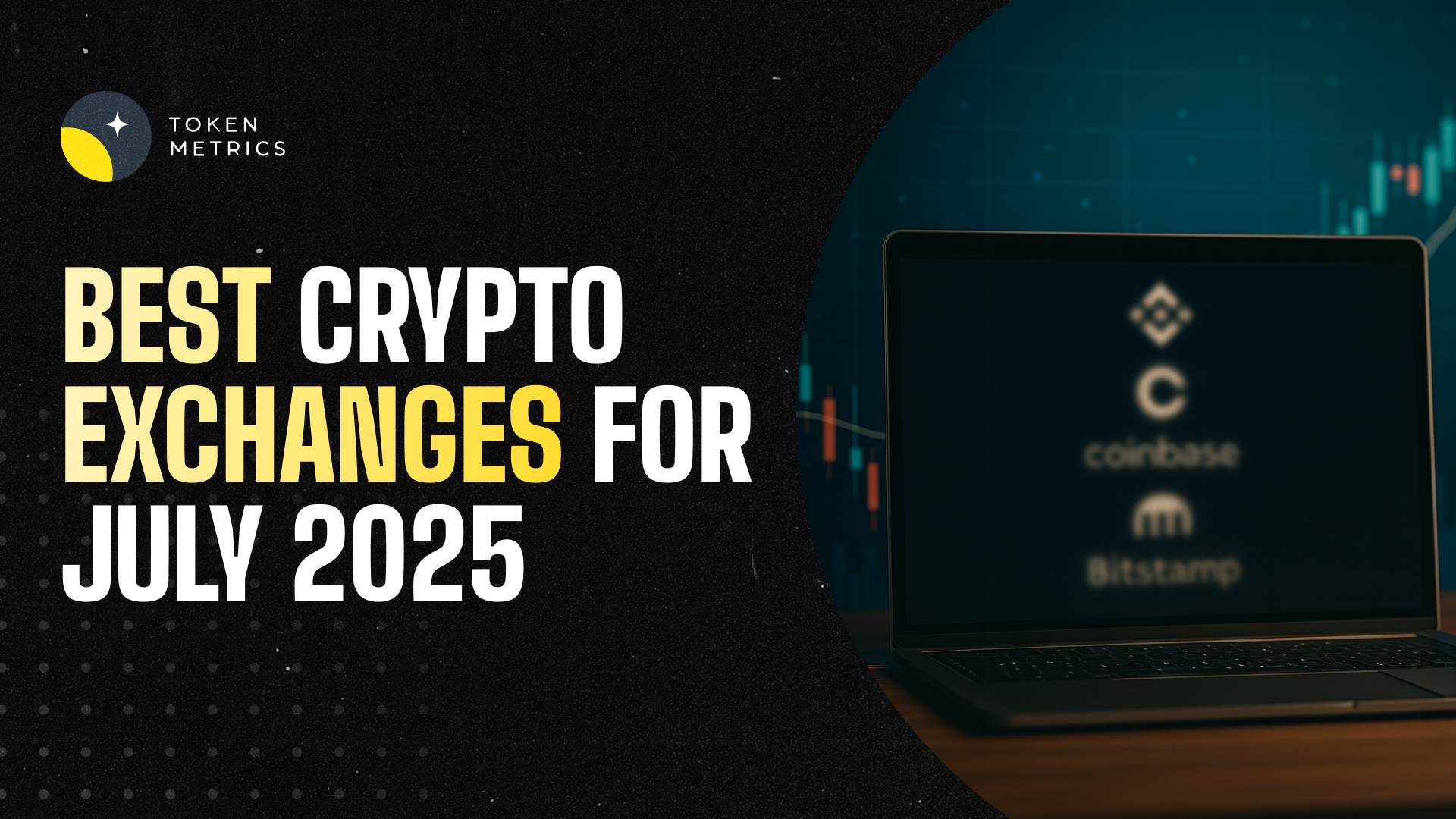
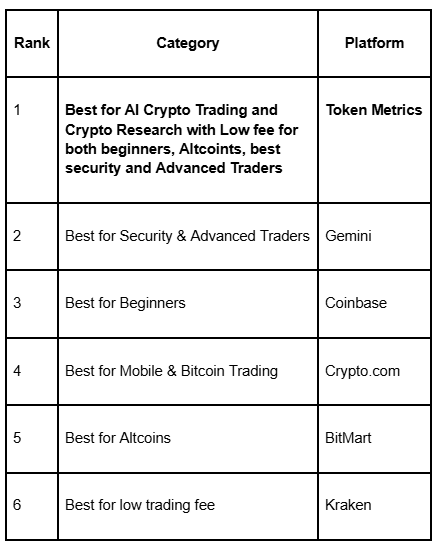








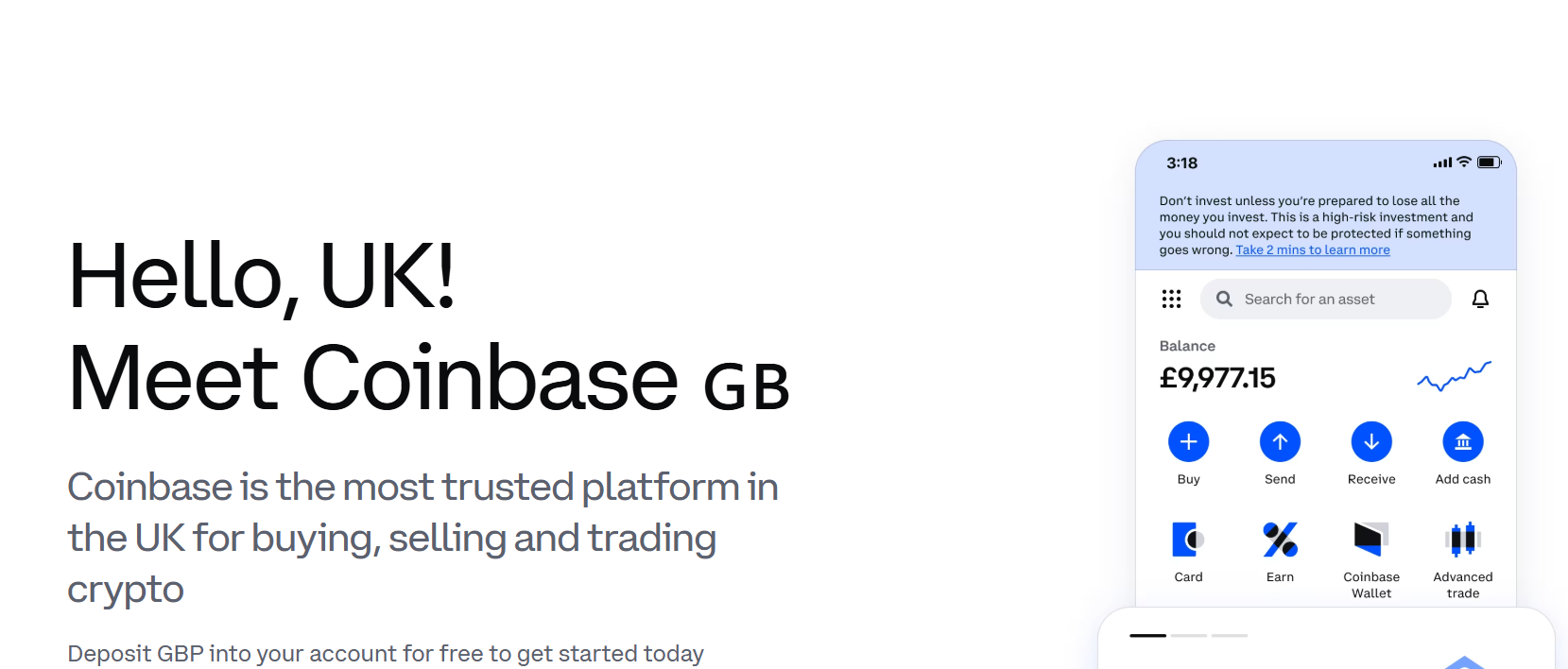
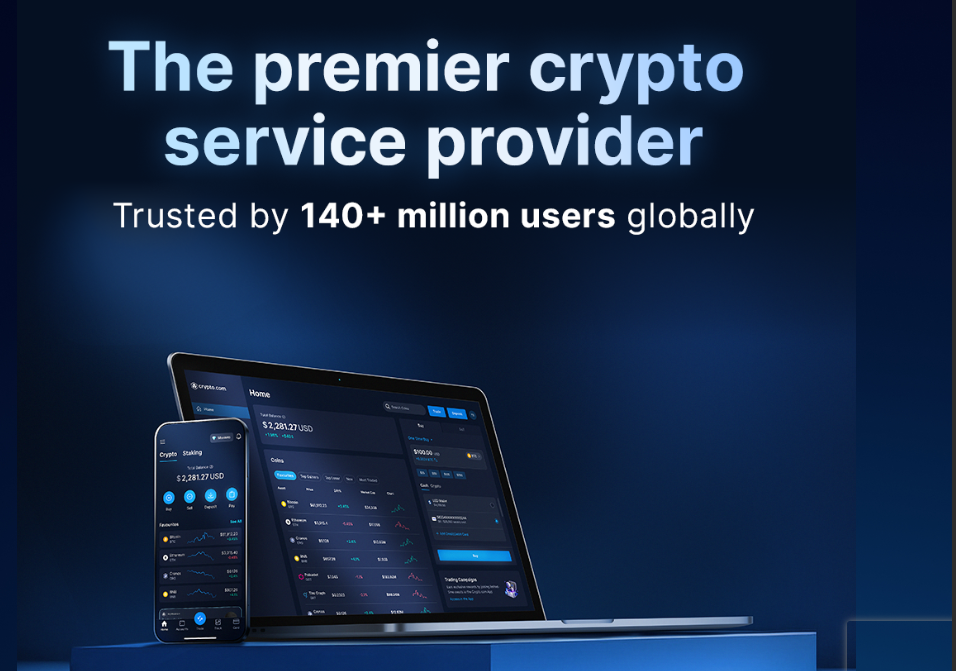
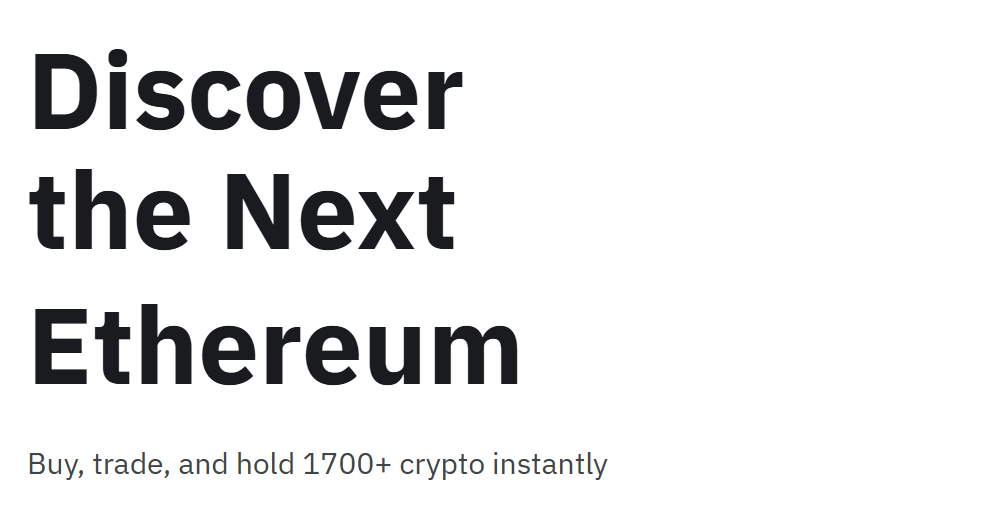
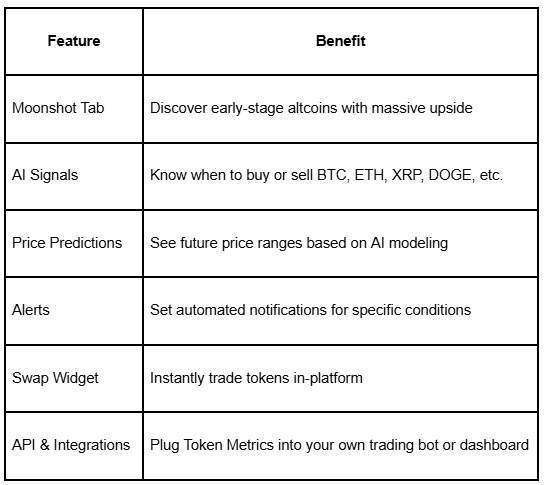
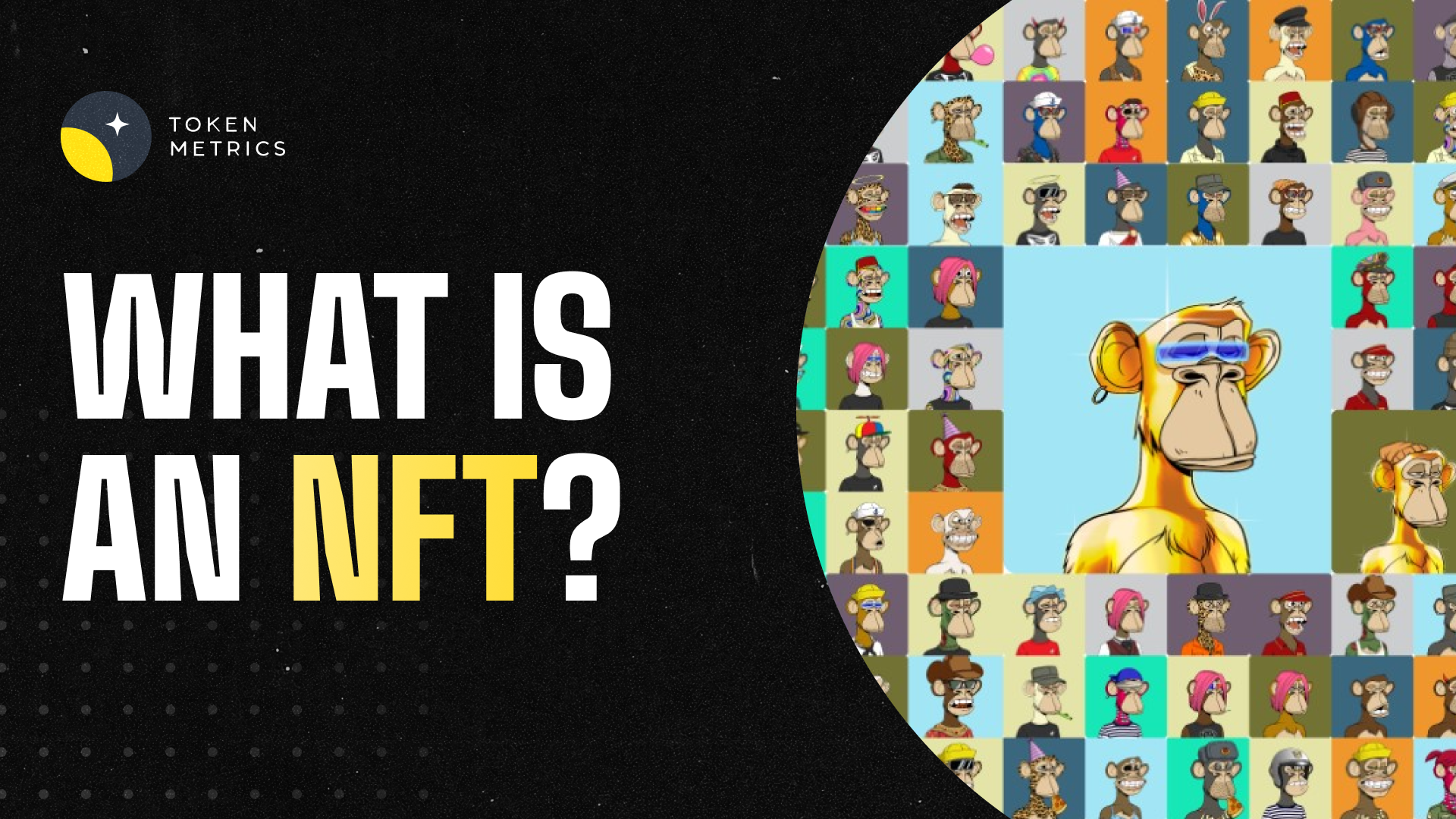

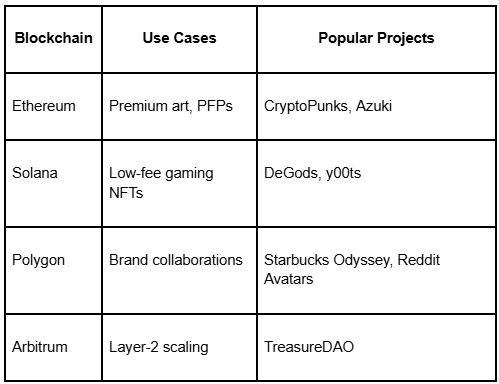
.png)







.svg)




.png)